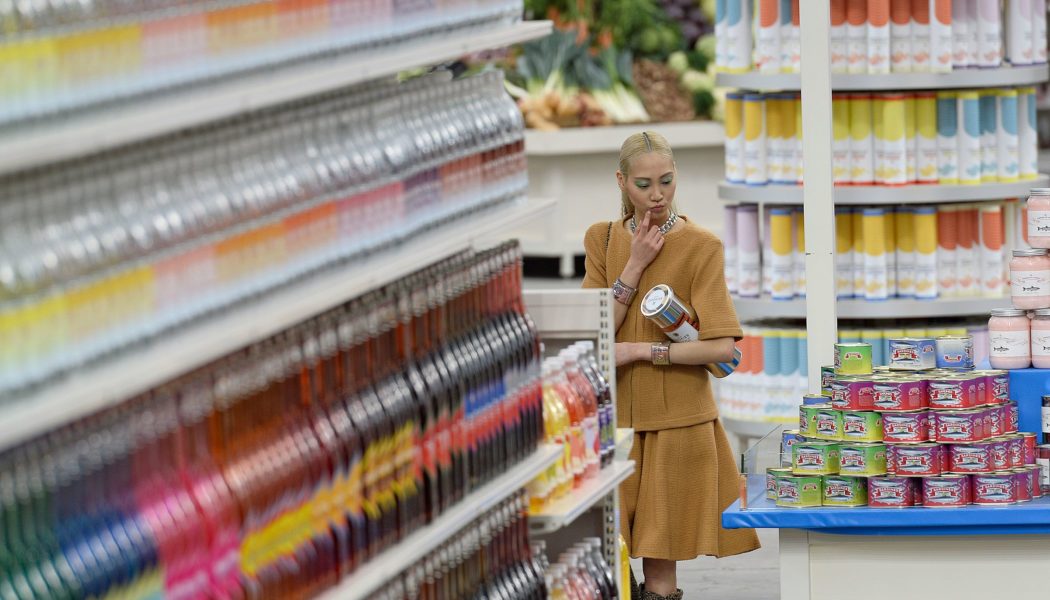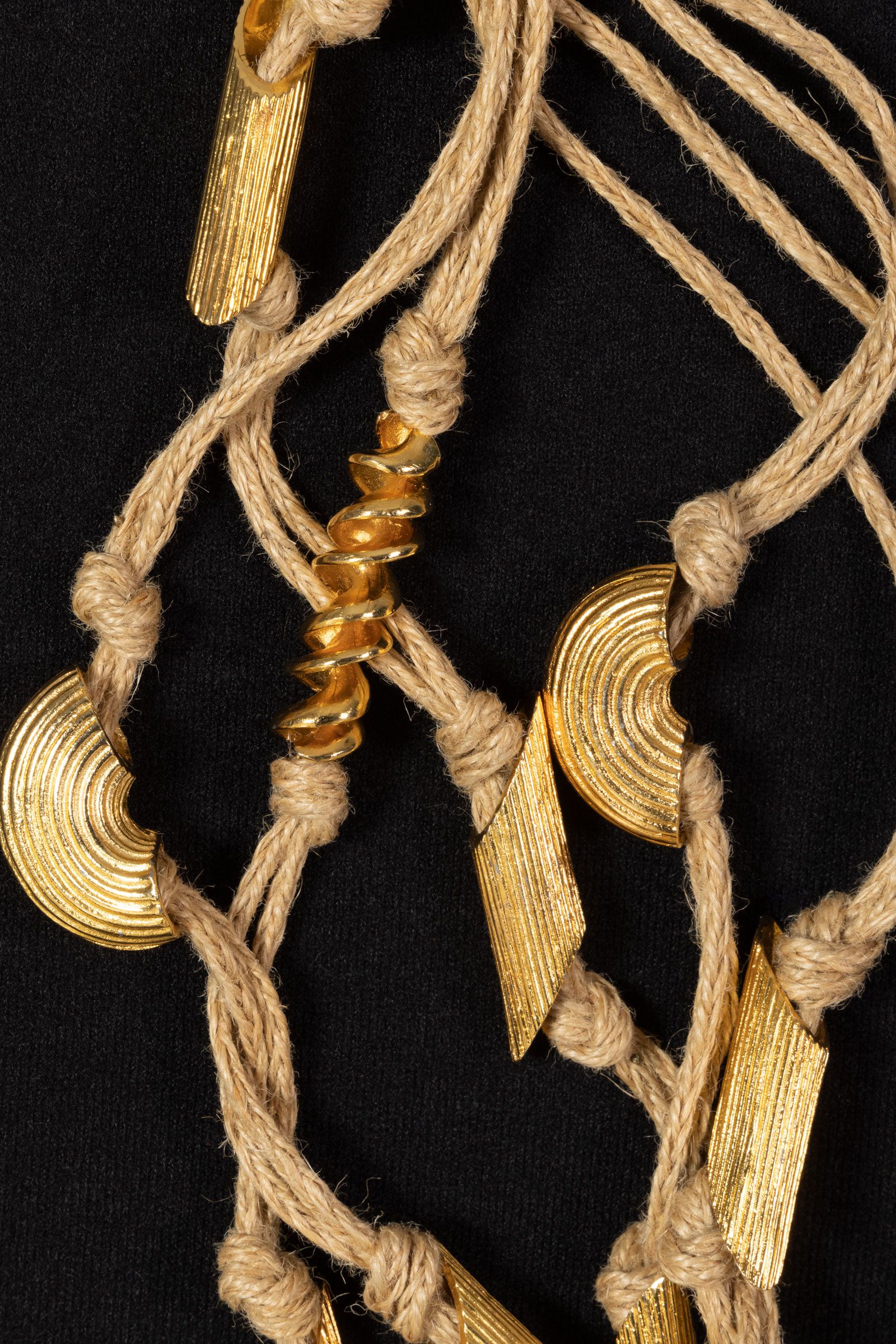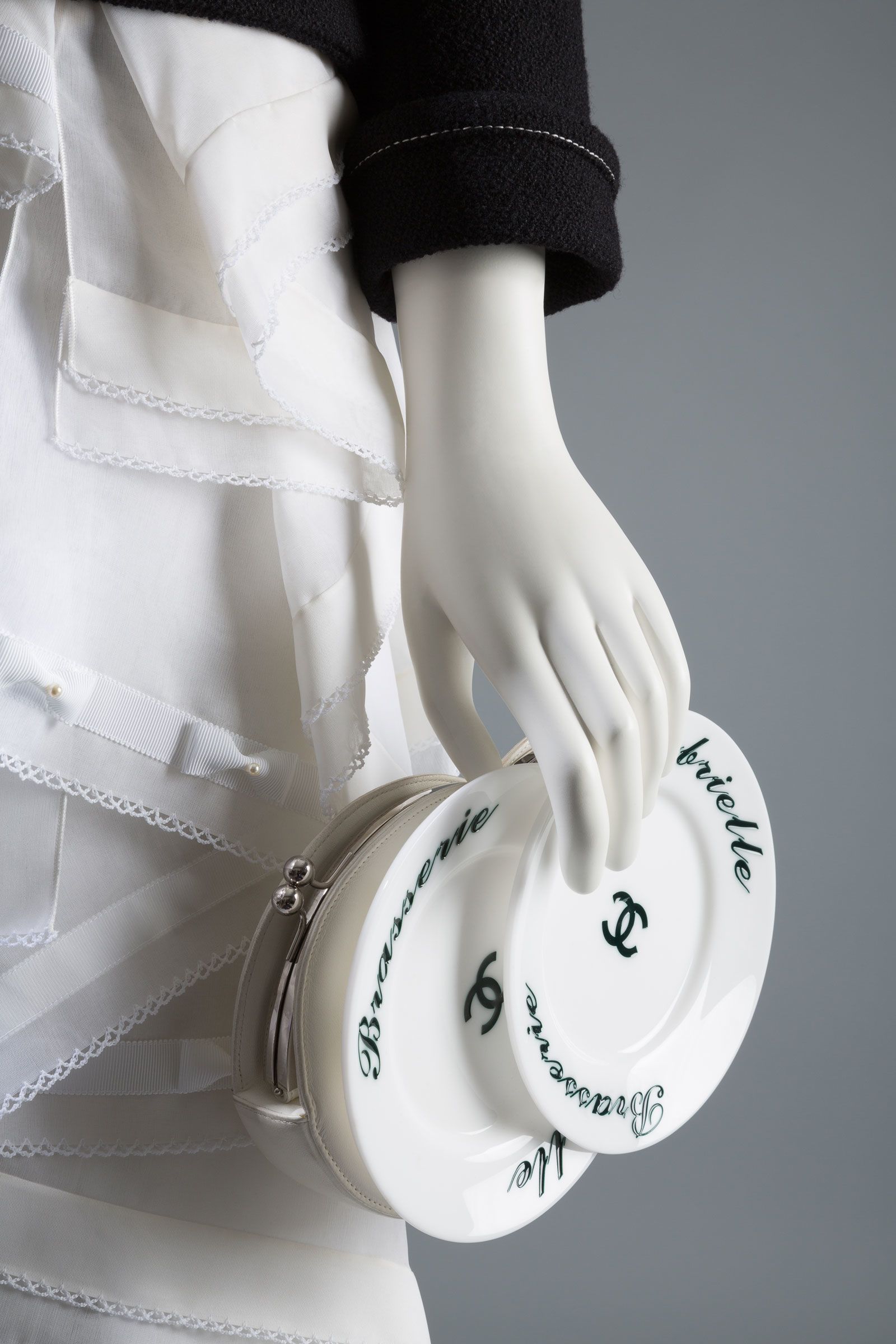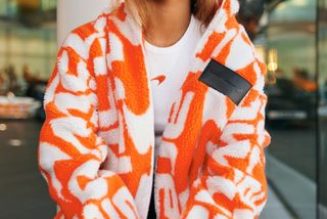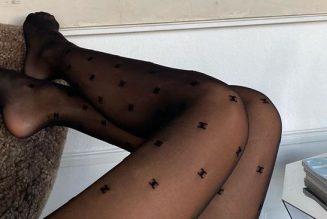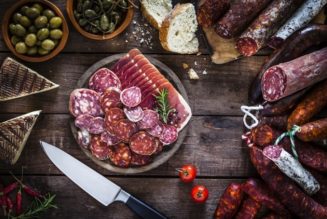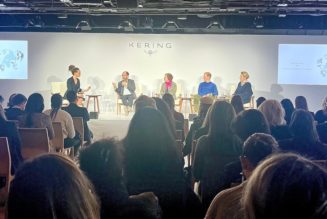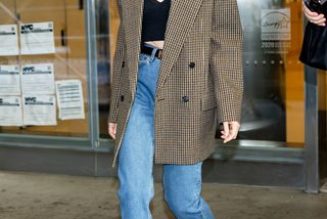Food and fashion seem an unlikely pairing. While encouraging the consumer consumption of luxury goods, high fashion has long glorified thinness, with eating deemed almost taboo. In recent years, however, their convergence seems to be everywhere.
The worlds of clothing design and cuisine have deep and complex connections, a topic explored in The Museum at FIT (Fashion Institute of Technology) exhibition “Food & Fashion” in New York City, as well as the accompanying book of the same title.
Food-inspired collections have come to dominate runways over the last decade: Karl Lagerfeld presented a Chanel-branded supermarket fashion show in 2014; that same year, Jeremy Scott’s debut for Moschino played with the iconography of pop culture food brands from McDonald’s to Hershey’s.
From the personal (former Supreme creative director Tremaine Emory’s label Denim Tears co-created a 2022 collection inspired by the foods he grew up eating) to the quirky (Rachel Antonoff’s “pasta puffer” was named “last winter’s “It” coat by the New York Times) food prints are everywhere as of late.
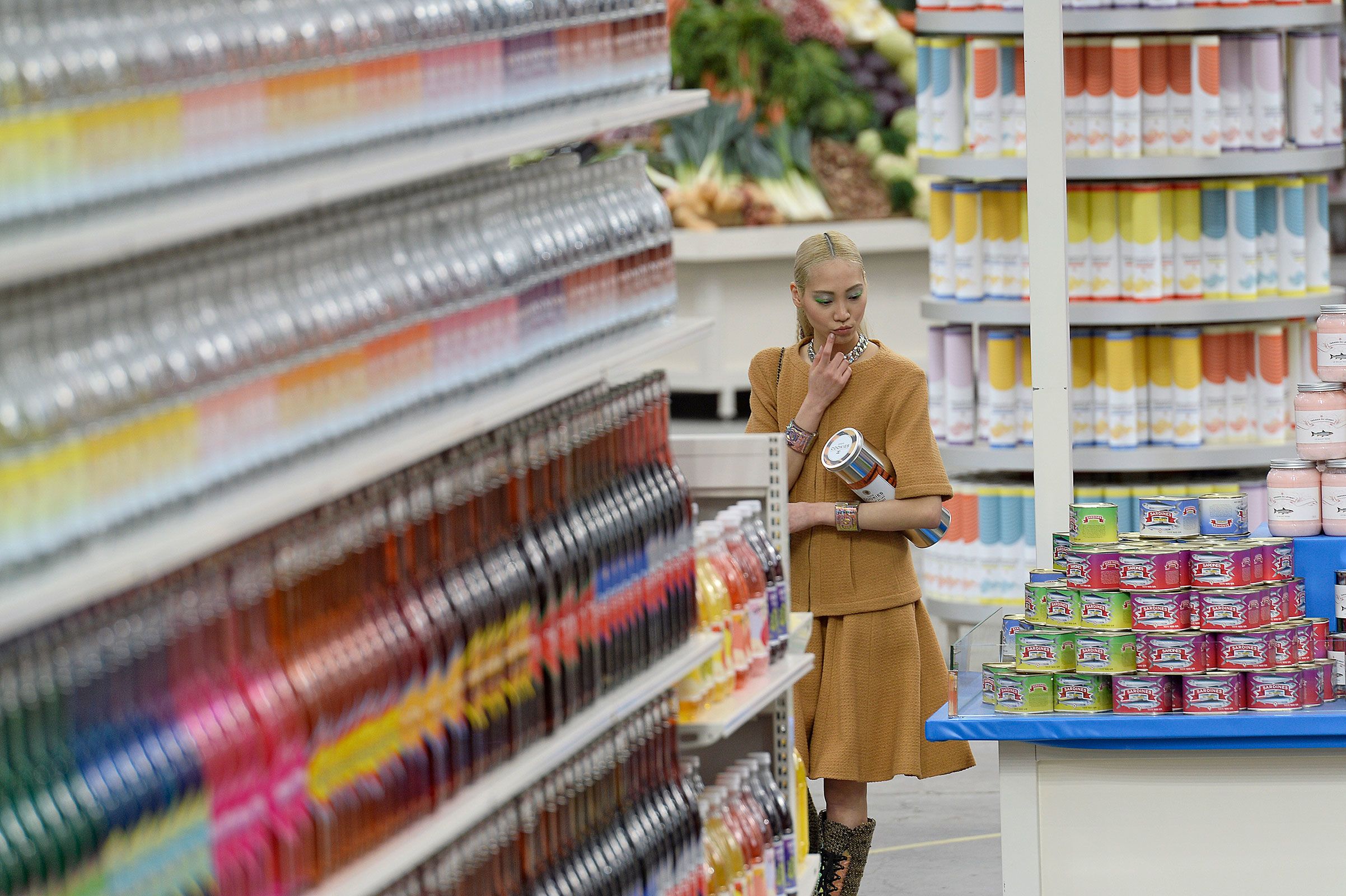
Off the runway, meanwhile, fashion brands including Prada, Gucci and Ralph Lauren have opened cafes and restaurants, allowing shoppers to literally consume their favorite brands. Fashion designers Phillip Lim and Peter Som are among those publishing cookbooks and writing for food magazines, while Jason Wu and Oscar de la Renta’s co-creative director Laura Kim fill their Instagram feeds with their culinary creations.
Virtually every person on the planet eats and wears clothing. These activities can be mundane tasks, or can be elevated to artforms — haute couture and haute cuisine — and their craftsmanship, artistry, and sensory qualities are not so different.
“There are a lot of similarities between a designer and a chef,” said Daniel Humm, owner of the famed New York restaurant Eleven Madison Park, as he presented fashion designer Gabriela Hearst with the Museum at FIT’s Artistry of Fashion award in September. “It’s about the quality of the ingredients, mastering of a craft, as well as working on the schedule of the ever changing seasons.”
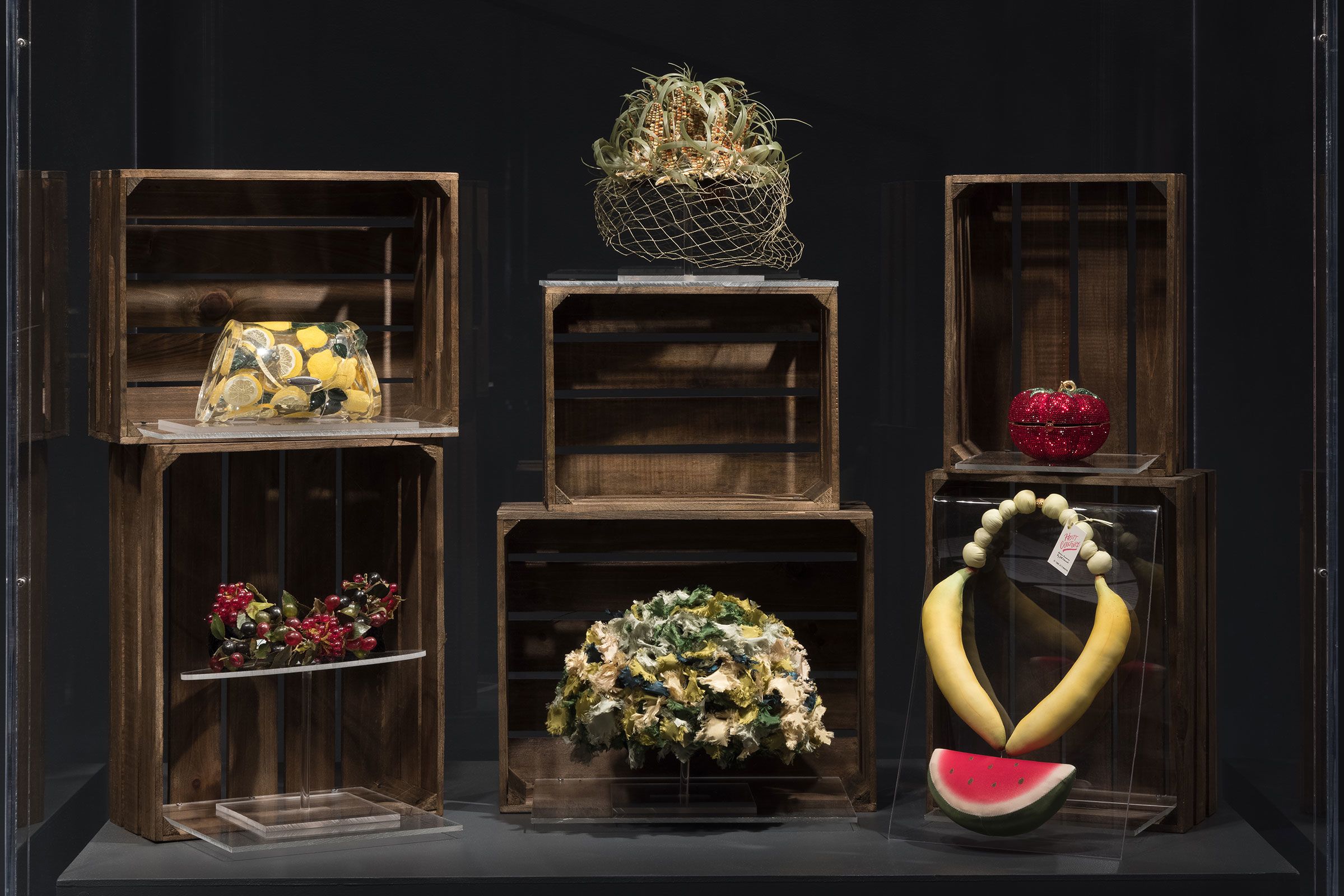
Half a century earlier, Christian Dior, one of the world’s most celebrated couture houses, published a cookbook as an ode to its founder’s love of rich French food. (“The ingredients we use when cooking are just as noble as the materials used in couture,” Dior reportedly once said.) Significantly, both food and fashion express aspects of French cultural heritage that remain big business for the nation’s economy. Look no further than LVMH, established in 1987 on Champagne, cognac and opulent luggage, and now the world’s largest luxury conglomerate.
Food and fashion are constantly gravitating towards each other. The high-end kitchen appliance company Smeg, for example, first partnered with Dolce & Gabbana in 2016 to debut hand-painted refrigerators embodying the design duo’s “la dolce vita” aesthetic. Decorated with colorful Majolica tile patterns and bright citrus fruits, the appliances draw parallels between the brands’ Italian craftsmanship and aesthetics.
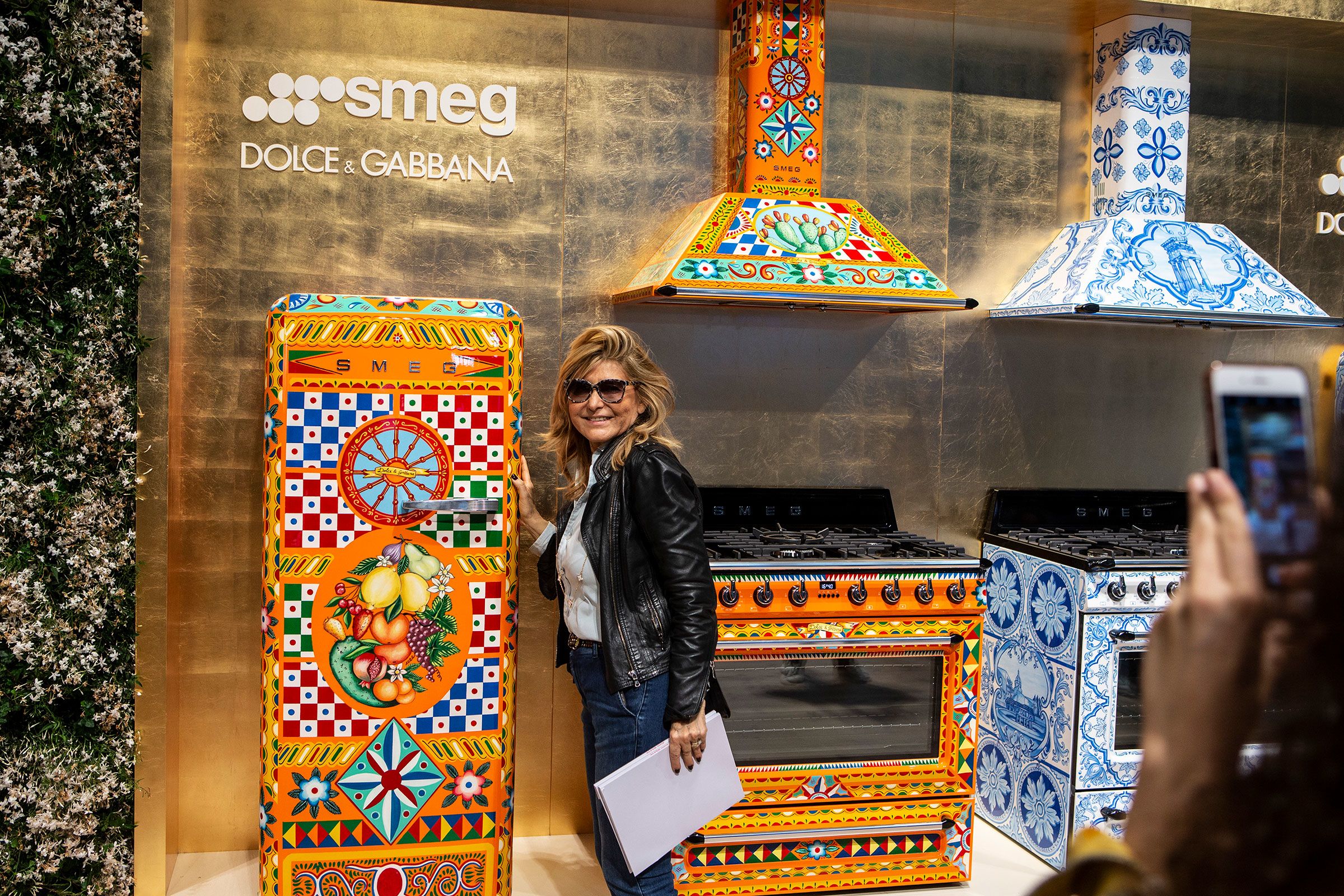
The extension into Italian cuisine has appeared to be a natural expression of Dolce & Gabbana’s cultural identity. The brand consistently features Italian foodstuffs — from cannolis to market vegetables — in their designs, and collaborated with Pastificio Di Martino in 2017 on branded packaging for their pastas. However, this association notoriously backfired in 2018 when the brand released a series of videos, featuring a Chinese model struggling to eat cannoli, spaghetti and pizza with chopsticks, that were widely deemed racist. The misstep, which severely affected Dolce & Gabbana’s fortunes in the lucrative Chinese market, showed that while food offers an accessible way into other cultures, it is also ripe for the complex discussion of cultural appropriation as fashion.
But when done right, collaborations between food and fashion brands not only expand the identity and consumer base for each company, can feed appetites for exclusivity in a retail culture that places high value on limited-edition product “drops.” Puma, for instance, has partnered with the candy company Haribo, as well as America’s oldest fast-food chain, White Castle, to produce playful, unique, and Instagram-able sneakers.
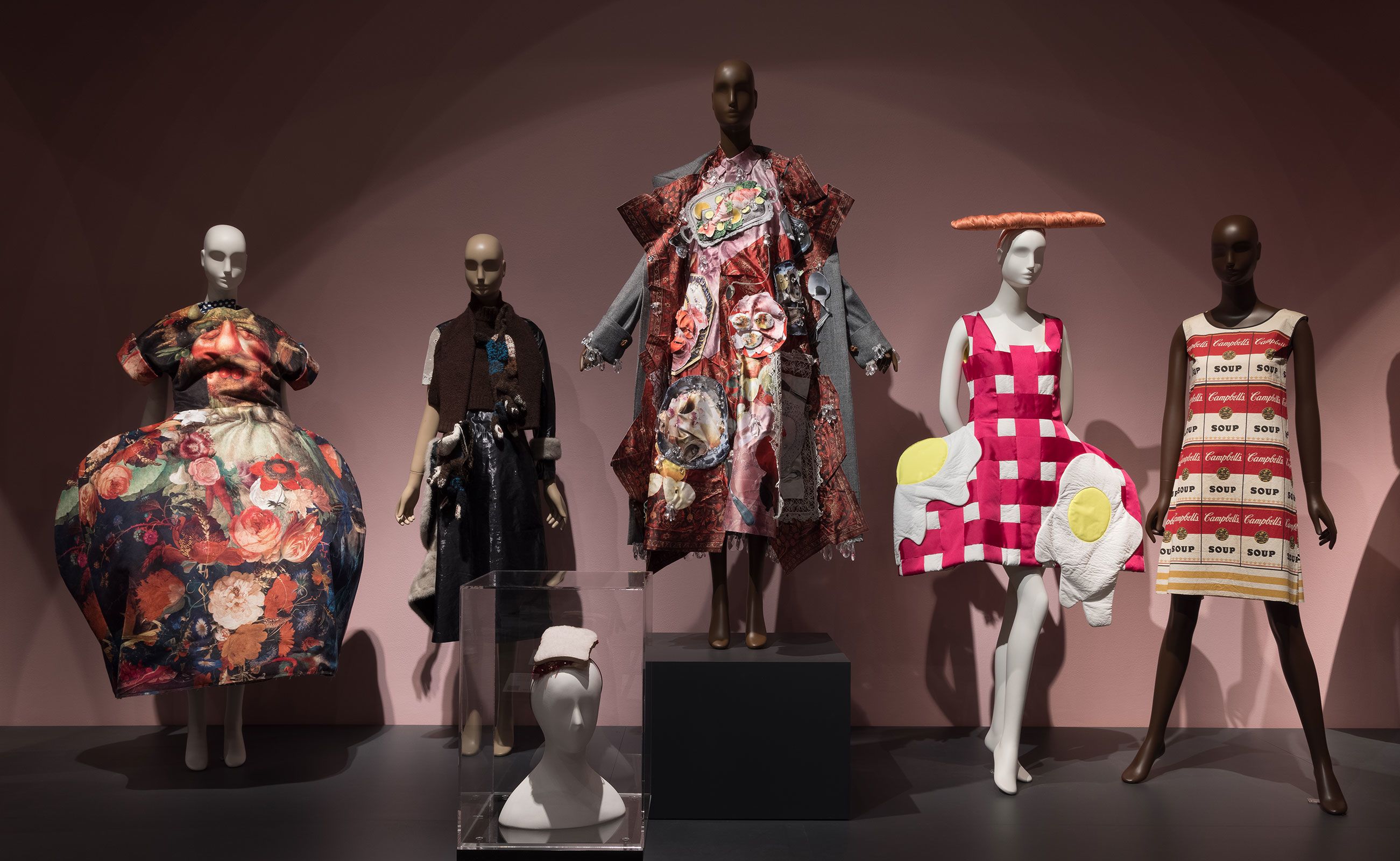
Fast food’s relationship with fashion goes back to the 1970s, when McDonald’s tapped Seventh Avenue designer Stan Herman — onetime president of the Council of the Fashion Designers of America — to infuse high style into its first standardized uniforms. Fast-forward to 2021, and designer Brandon Blackwood partnered with McDonald’s on a limited-edition handbag commemorating rapper Saweetie’s custom burger meal.
While at times, these collaborations can seem like random marketing ploys, they succeed when stakeholders align their brand identities and values — and speak directly to their customers. When the designer Telfar Clemens was invited to design the uniforms for White Castle in 2017, after famously hosting a fashion week afterparty at its Times Square restaurant, he saw it as an opportunity to promote his fashion ethos, which blurs the distinctions between “high” and “low” culture, as well as between genders and social classes.
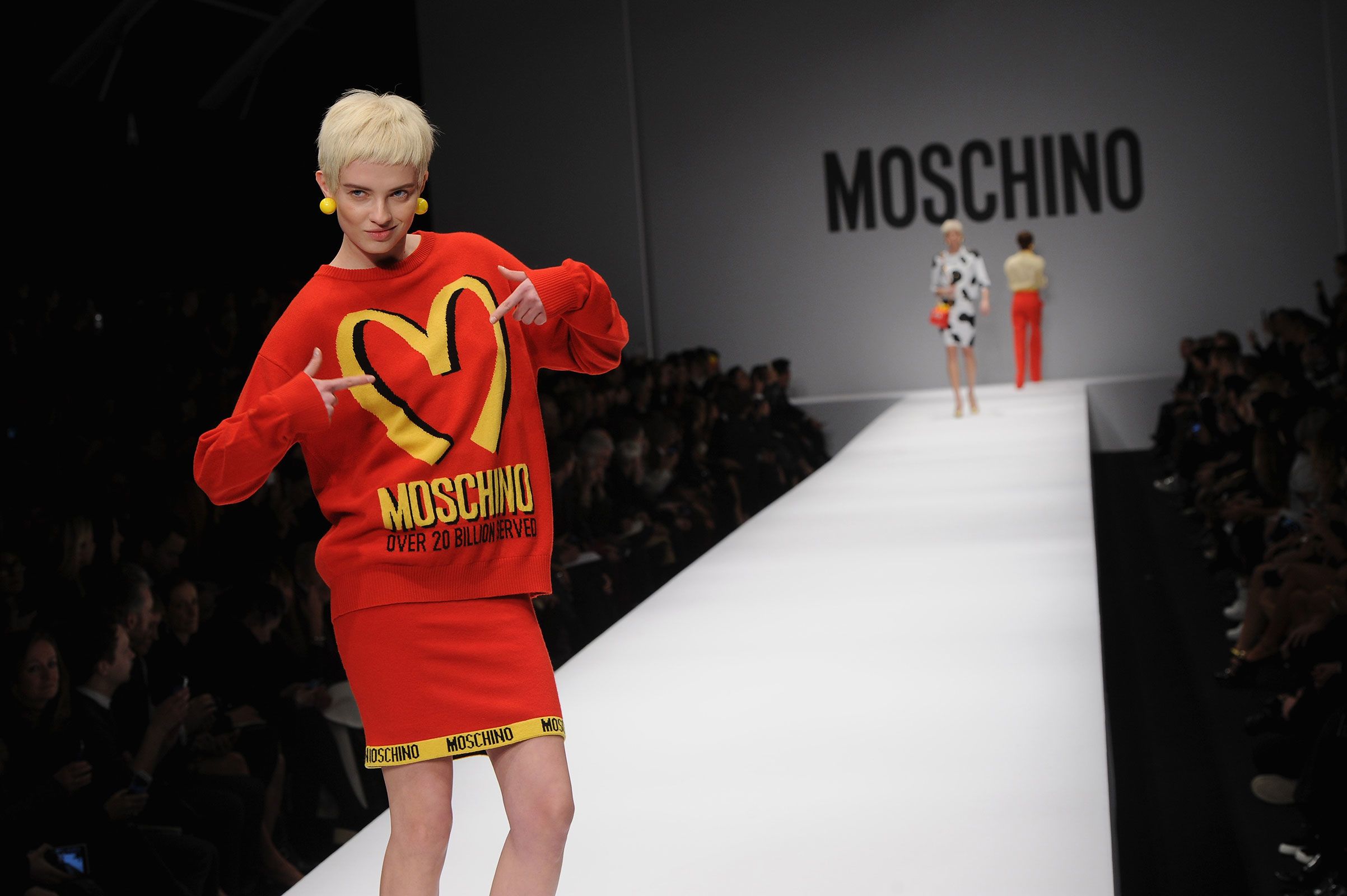
“The idea was to make people aspire to wear what someone working at White Castle is wearing and break down that barrier,” Clemens said. The uniform debut was accompanied by a limited-edition capsule collection that Clemens sold on his website.
The beauty of these collaborations is that they market themselves — co-branded products are novel enough to both pique the interest of traditional media while taking on lives of their own when influencers and artists fill their Instagram feeds with tributes, replicas and ever-creative fusions.
Ultimately, these expressions are about creating identity through the intersection of food and fashion, highlighting both our literal and figural “tastes.” Together, food and fashion touch so many aspects of our lives, from cultural identity to engagement with environmental issues, labor injustice and body politics. Both are intrinsic to everyday survival, but are also intimate and essential ways we express ourselves individually and as societies.
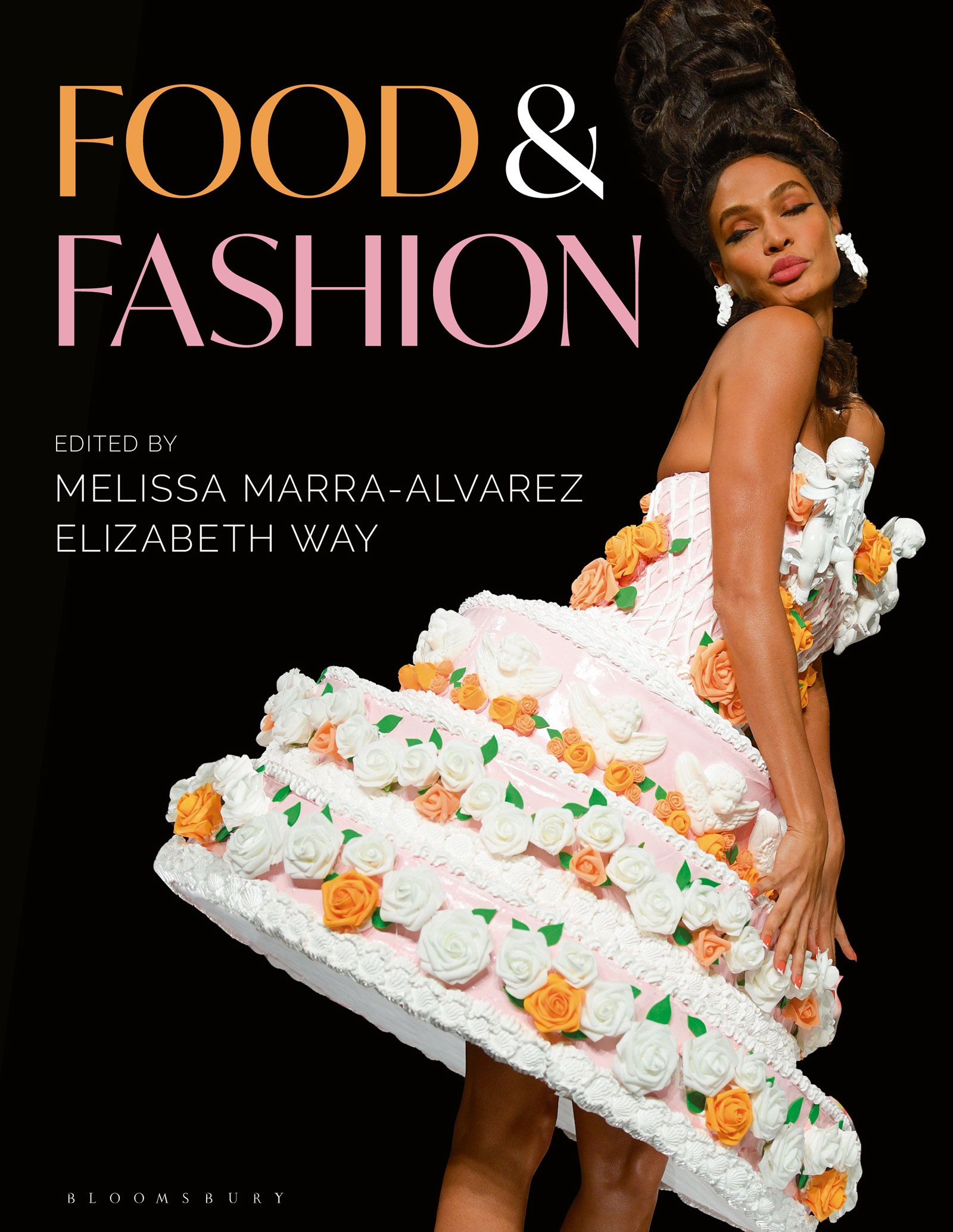
Melissa Marra-Alvarez is the curator of education and research at The Museum at FIT.
Elizabeth Way is the associate curator of costume at The Museum at FIT.
They are co-curators of the Food & Fashion exhibition — on display at the museum through November 26 — and co-editors of the accompanying book.
